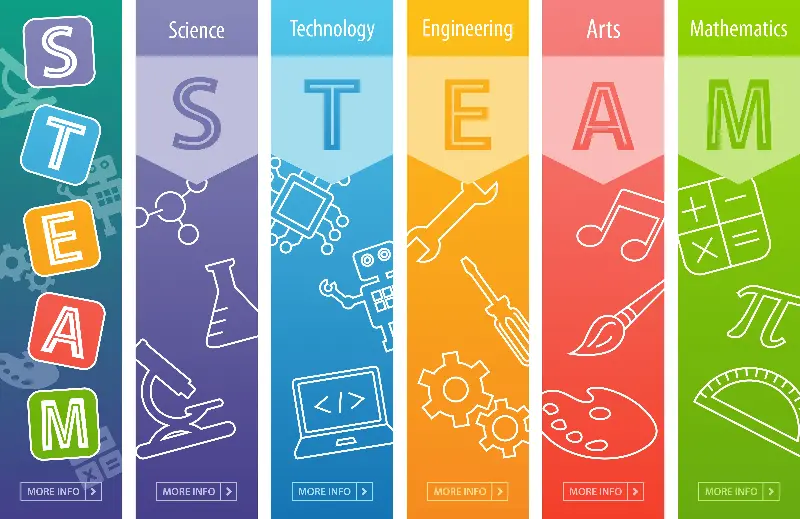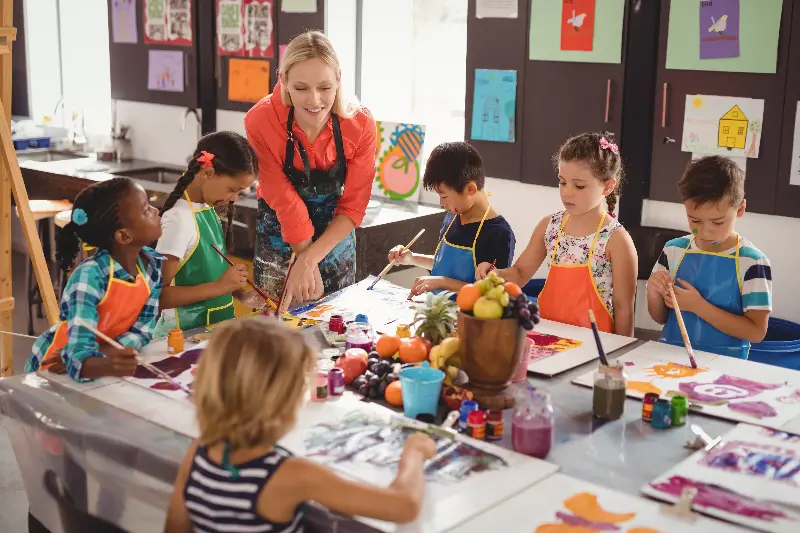In the ever-changing world of education, a quiet yet transformative movement is afoot. For years, educators and policymakers have thrown their weight behind STEM—science, technology, engineering, and mathematics—as the golden ticket to preparing students for our fast-paced, tech-driven future. Yet, a fresh current is weaving its way through classrooms globally, inviting the arts into the fold and turning STEM into STEAM. The difference of one letter hides a profound shift in how we nurture the next generation of creative, critical thinkers.

The Roots Of Stem And Why It Needed To Evolve
STEM education first captured the public imagination in the late 20th century. As the digital economy began its meteoric rise, there was a growing urgency to bridge gaps in science and technical knowledge. Countries from Singapore to the United States poured resources into developing robust STEM pipelines, producing engineers, scientists, and coders ready to tackle the challenges of modern society.
However, as the workplace itself began to shift, voices from business and academia started to question whether technical skills alone could prepare young minds for success. Researchers noted employers increasingly wanted graduates who could problem-solve creatively, communicate effectively, and bring a broader perspective to decision-making. It turns out, in an age of artificial intelligence and automation, the most valuable asset might just be a truly human one: imagination.
Why The ‘A’ Matters: The Case For Arts
When educators add the ‘A’ for arts into STEM, creating STEAM, they aren’t just talking about painting, sculpture, or drama. The arts represent the study and practice of creative processes—ways of seeing, feeling, and imagining that are essential to human innovation. It bridges what can often feel like two worlds: the analytical and the intuitive.
One fascinating fact comes from the field of neuroscience, where studies show that integrating the arts into lessons helps students retain complex scientific concepts. For example, drawing diagrams, composing songs about physics, or designing digital games allow pupils to process information deeply, reinforcing learning through multiple sensory channels. Harvard’s Project Zero, an initiative to study how the arts shape thought, revealed that arts-based learning leads to improved memory, stronger problem-solving skills, and greater ability to work in teams.

Creative Thinkers: The Edge For Tomorrow’s Jobs
Some of the world’s most innovative companies, such as Apple and Google, attribute their success to hiring employees who are not just technically skilled but also artistically minded. Steve Jobs famously said, “Technology alone is not enough. It’s technology married with liberal arts, married with the humanities, that yields us the results that make our hearts sing.”
In the future, the jobs our children will do may not even exist yet. According to the World Economic Forum, 65% of students entering primary school today will work in roles that have not been created. This uncertain horizon is daunting, but it also points to why cultivating both artistic sensibility and scientific logic is so important. It is the artist’s capacity for curiosity, risk-taking, and empathy that complements the engineer’s systematic approach. When brought together, students develop holistic thinking—seeing problems from different angles and dreaming up solutions that are innovative, not just efficient.
How Steam Is Transforming Classrooms Globally
Around the world, schools are embracing STEAM in imaginative ways. In Finland, children learn coding by designing digital stories and animations, combining technology with visual storytelling. In South Korea, mathematics and music coalesce in lessons where students compose rhythms to internalise numeric patterns. British schools have seen the rise of STEAM festivals, where children build robots, choreograph dances, and present science-themed art installations side by side.
Teachers report that STEAM-integrated lessons increase motivation and participation, especially among students who might not see themselves as ‘naturally’ gifted in maths or science. By recognising students’ varied strengths and interests, STEAM creates an inclusive atmosphere where every learner finds a place. This broader appeal helps bridge gender gaps and brings more diverse talent into the innovation pipeline.
